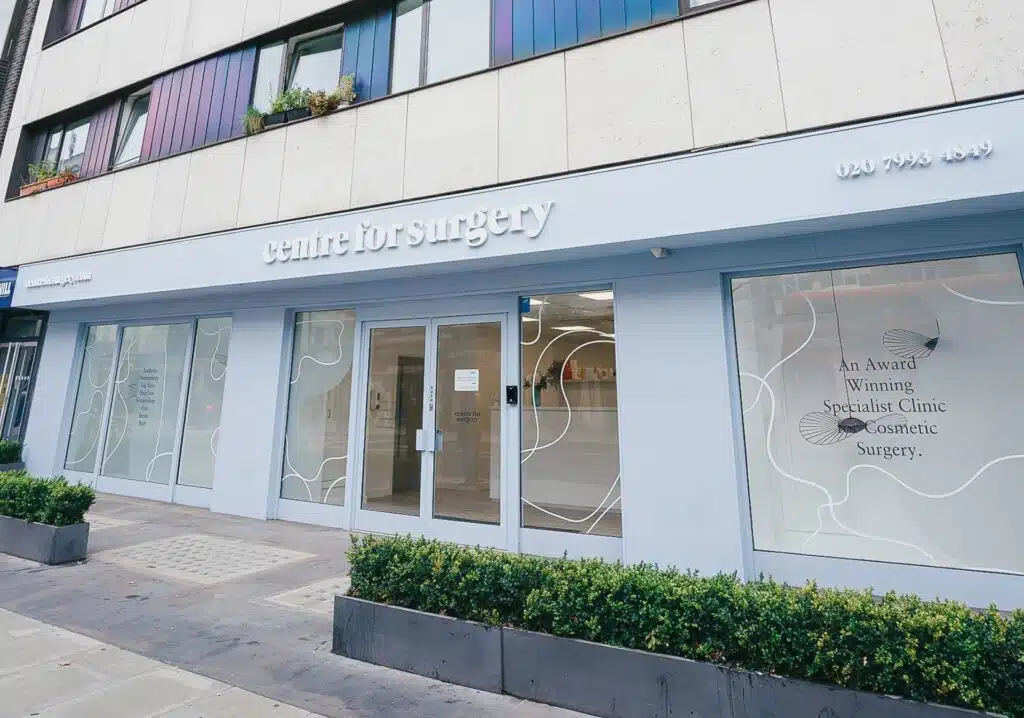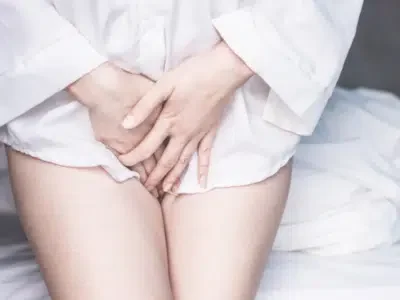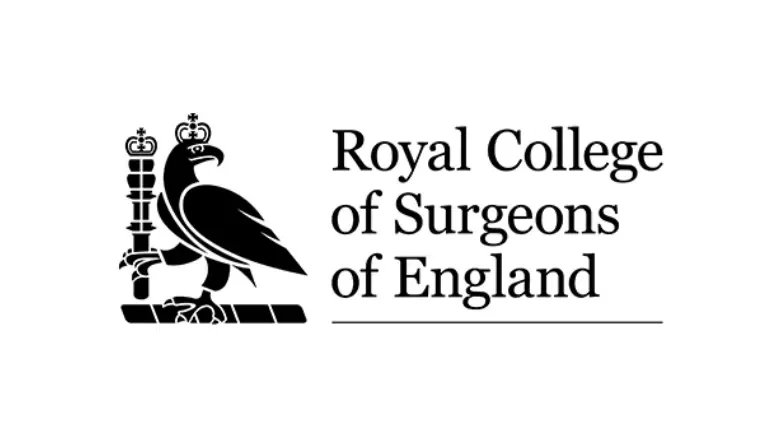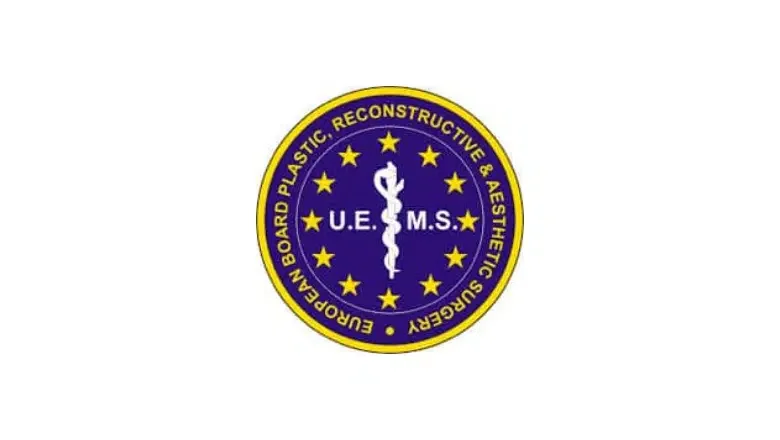What is labia reduction?
Labia reduction or labiaplasty is designed to alter the size and shape of the labia minora, which are the inner lips surrounding the vaginal opening. Labia reduction surgery can be performed using the scalpel technique or laser. The preferred technique at Centre for Surgery is to use a scalpel for labia reduction.
What causes the labia to grow?
The labia can grow for several reasons. Many women are born with large labia that may appear uneven. Some women notice their labia getting larger during puberty as a result of hormonal fluctuations involving oestrogen and progesterone. Pregnancy can also cause labial growth due to an increase in blood flow to the female genitalia with an increase in hormone levels. A difficult vaginal delivery increases the risk of developing uncontrolled tears in the labia. If the labia heals poorly, its size or shape may change. An increase in the size of the labia can also occur as part of the natural ageing process. Excessively rubbing on clothing may increase in labia size. When the labia grows, it may result in pigmented labial edges.
RELATED: Can large labia be reduced in size?
Can sexual intercourse cause labia growth?
Sexual intercourse may result in a temporary increase in the size of the labia as part of the sexual arousal process, but it does not cause labial growth.
RELATED: Does sex cause elongated labia?
What are normal labia?
Labia minora is the inner soft tissue folds surrounding the vaginal opening. As with other body parts, the labia can be small or large. The labia may be symmetrical or uneven, long or short, normal colour or deeply pigmented. There is a wide range of normality in the appearance of the labia and as long as they do not cause symptoms and are not a source of psychological distress, there may be no need to have labia reduction surgery.
Why do people have labia reduction surgery?
Labia reduction is most commonly carried out by surgically altering the size and shape of the labia to achieve a more cosmetically acceptable appearance and with the relief of functional symptoms, including pain and discomfort. Labia surgery can also get rid of deeply pigmented edges of the labia minora. It can also be used to treat pain and tender labia scars from a previous vaginal delivery. In some cases, excessively large labia may cause discomfort or lead to increased episodes of vaginal infections from inadequate hygiene. Overgrowth of the labia minora may cause pain during sex or get caught on clothing items. Labia reduction may also be requested to reduce the prominence of large labia that may protrude through swimwear and which may look evident to others.
RELATED: What is labial hypertrophy?
How to prepare for labia reduction?
Treatment is always customised to the needs of the individual patient. The size, symmetry, colour and soft tissue quality of the labia will be determined during your consultation at our Baker Street clinic. A detailed assessment of the labia will be made, permitting customised recommendations about the most appropriate type of labia reduction surgery. Once you are fully informed about all aspects of the procedure, including potential risks of labia reduction, you will be advised to consider whether to proceed during a two-week cool-off period. If you wish to proceed with surgery, you will then be invited to book in for your procedure at our Baker Street clinic in London.
RELATED: What is labiaplasty surgery?
How is labia reduction performed?
There are several techniques for performing labia reduction; in some cases, your surgeon may use different methods to achieve the best aesthetic and functional results. The goal of surgery is to achieve smaller and better-proportioned labia, which do not cause functional symptoms. Centre for Surgery is home to experts in labia reduction surgery and they carry out hundreds of procedures each year at our state-of-the-art surgical facility in Marylebone.
Your surgeon will first mark the area of the operation with a marker pen, and this will be shown to you so you can agree on the precise area for surgical removal of excess labia tissue. Labia reduction is most commonly carried out with a local anaesthetic, but general anaesthetic may be requested, particularly for complex or challenging cases. Once the local anaesthetic has been injected into the labia, the surgeon will utilise a delicate surgical technique to reshape the labia to achieve your expectations for treatment. Dissolvable stitches will be used to close the incisions; there will be no need to remove these at future follow-up appointments. Once the procedure is complete and you are ready for discharge, postoperative instructions will be discussed with you to ensure your recovery is as smooth as possible.
RELATED: Trim Labiaplasty vs Wedge Labiaplasty
Where does labia reduction surgery take place?
Labia reduction procedures are performed at our state-of-the-art Baker Street facility in Marylebone. Our Baker Street clinic is fully approved by the Care Quality Commission and is equipped with the most advanced medical equipment for cosmetic gynaecology procedures. The clinic is easily accessible from all parts of London, and plenty of pay-and-display parking is located adjacent to the clinic.
RELATED: How to choose the best labiaplasty surgeon
How long does it take to recover from labia reduction surgery?
Labia reduction recovery is relatively straightforward, with most patients returning to normal activities after approximately five days. We would advise against any strenuous activities that could disrupt the incision lines. Full healing after labia surgery takes approximately six weeks, after which patients can resume strenuous exercise, including sexual intercourse.
RELATED: What is labiaplasty recovery like?
Can labia reduction surgery be combined with other procedures?
In many cases, the best results after labia surgery are achieved when combined with clitoral hood reduction or hoodectomy to achieve better-proportioned results. Performing labia reduction in the presence of an enlarged clitoral hood may result in suboptimal outcomes. Perineoplasty can also be combined with labia surgery when the lower part of the vaginal opening has enlarged as a result of childbirth. Many women may have developed a deflated appearance of the labia majora due to the ageing process, and labia puffing is an excellent treatment to restore volume and a more youthful look. Combination treatment is regularly performed to achieve enhanced results for vaginal rejuvenation. When you have your consultation, an expert treatment plan will be designed to match your needs and preferences.
Labia Reduction Surgery in London – Why Choose Centre for Surgery for Labia Surgery
Selecting the right clinic for labia reduction surgery is a crucial decision that can significantly impact your overall experience and results. Centre for Surgery in London is a leading specialist in this field, providing top-notch care from consultation through to recovery. Here’s why you should consider us for your labia surgery:
Unparalleled Patient Care
Our mission is to provide individualised care that meets the highest standards of safety and ethics. Our expert staff are with you every step of the way, ensuring that your journey is smooth, comfortable, and satisfying.
Highly Skilled Surgeons
Our surgeons are among the best in the field, combining years of experience with a commitment to patient wellbeing and excellent results. Our state-of-the-art facilities, specifically designed for gynaecological procedures, are backed by their expertise.
Cutting-edge Facilities
Centre for Surgery operates from a specialised surgical centre, enabling us to deliver a level of care that is both exceptional and cost-effective. We accommodate patients from across the UK, including London, Birmingham, and Manchester, as well as welcoming those from overseas.
Patient Testimonials
Don’t just take our word for it; hear from some of our previous patients:
- “The level of care I received at Centre for Surgery was phenomenal. The staff were both professional and compassionate, making me feel completely at ease.” – Laura, London
- “I never thought I could feel this confident again. Centre for Surgery changed my life, and I couldn’t be more grateful.” – Sophia, Birmingham
- “From the first consultation to the last follow-up appointment, I knew I was in the best hands. Thank you Centre for Surgery for the incredible service.” – Rachel, Manchester
Booking Your Consultation
To schedule your consultation, reach out to us through the following means:
- 📞 Phone: 0207 993 4849
- 📧 Email: contact@centreforsurgery.com
- 📍 Address: 95-97 Baker Street, London W1U 6RN
Additional Information
For further insights and details, please visit:
We look forward to providing you with a comprehensive, empowering experience at our Baker Street clinic, backed by a legacy of excellent patient care and results.










